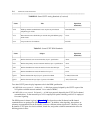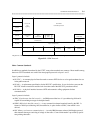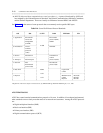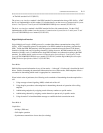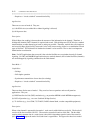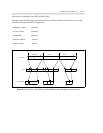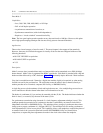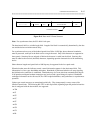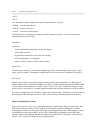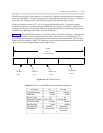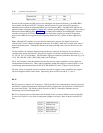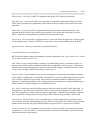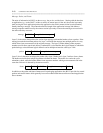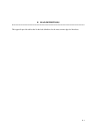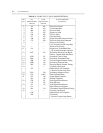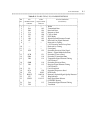D-16 COMMUNICATIONS PROTOCOLS
_ ___________________________________________________________________________________________________________________________
_ ___________________________________________________________________________________________________________________________
_ ___________________________________________________________________________________________________________________________
• CD
• CA.
Also, the update messages support three special control functions. They are:
• BRK — remote break indicator
• RLR — remote loop request
• ACK — remote loop acknowledge
Transmission errors are detected by checking the CRC checksum on receive. Errors are corrected by
retransmitting the errored block(s).
Data Mode 3
Capabilities:
—Can be used with a 64-kbps (B-type) physical channel
—Full-duplex operation
—Synchronous transmission of user data (slave timing)
—Bit-rate independent, T1 compatible
—May be circuit-switched or virtual-circuit switched
Applications:
The primary use of mode 3 is to multiplex multiple logical links (virtual channels) onto a single ‘‘high-
usage’’ physical channel. The method of multiplexing involves the use of the LAPD link layer protocol.
Description:
Mode 3 converts data (at standard data rates) to a format which can be transmitted over a DS0 physical
channel. Mode-3 data is segmented into HDLC-type blocks. On the signaling channel either MOS or BOS
is used; while the bearer channel uses LAPD at layer 2, and X.25 at layer 3. Each block consists of a flag,
address field(s), control field(s), a variable length information field, and then followed by a CRC checksum.
User data is encoded into mode 3 format by a special type of data module. Transmission errors are detected
by checking the CRC checksum on receive. Errors are corrected by retransmitting the errored block(s).
Digital Communications Protocol
Digital Communications Protocol is a standard that defines communications along a 3-channel line. The
DCP channel structure consists of 2I+1S channel. Each I channel provides for 64 kbps of voice/data
communication, while the S channel provides 8 kbps of signaling communication. DCP protocol is similar
to the ISDN basic rate interface (BRI). In fact, AT&T created DCP in anticipation of the ISDN-BRI
standard. Many of the telephone terminals that interface with the System 75, System 85, and DEFINITY
Generic 1 and 2 systems use this protocol for communications.



